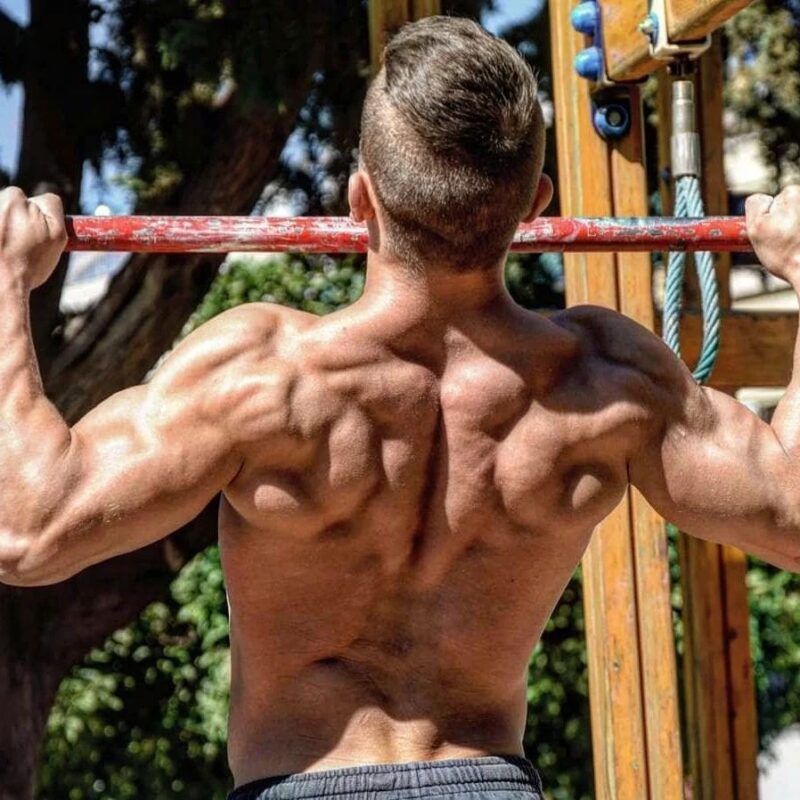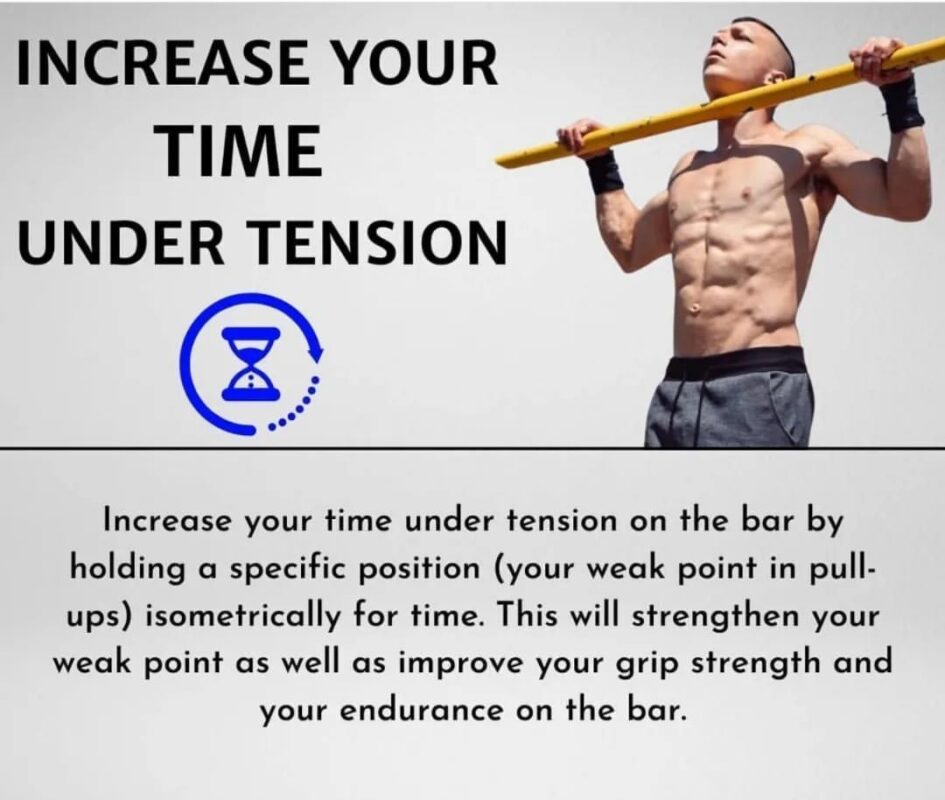
Your ability to perform perfect pull ups is determined by how well you understand proper muscle engagement and activation. The key to flawless form and efficiency is being able to recruit our posterior chain muscle groups at the fullest capacity, so that the tension on our arms is minimized. In order to achieve this, we have to focus on a few important mental cues that will allow you to improve the quality of your pull-ups with time and practice.

- The scapula must always remain depressed as you pull. Think of actively trying to keep the shoulders down and away from your ears.
- Think of pulling the elbows down instead of pulling your body up. Make sure that the elbows stay facing towards your sides and do not allow them to come forward at any time. Think of your lats as “pockets” that you wish to drive your elbows into with each repetition.
- Keep your chest out as you pull, facing towards the bar proudly. By doing this you will be engaging in proper scapula retraction, which is the ideal scapula position for quality pull-ups.
Rounding the back during pull-ups can cause chronic pain and increase the risk of shoulder impingement. If you find yourself rounding the back as you pull, it’s vital that you practice safely with band assistance first so that you build the necessary understanding of proper muscle recruitment and build the required strength to perform quality reps.

Two important points you must focus on when aiming to increase your pull-up repetitions are time under tension on the bar and improving your scapula depression strength.
TIME UNDER TENSION
The more time you spend being under tension on the bar the more endurance you will build, thus your reps will naturally increase. One great way to build time under tension based on your sticking points are isometric holds at the specific phase of the movement you find yourself struggling at as fatigue builds up. Isometric holds allow you to strengthen specific phases of the movement so you can overcome plateau.

Example: If you’re able to perform a maximum of 10 pull-ups, work on sets of 8 reps and pause at the top phase of the last rep with your chin over the bar for 10 seconds. This will increase your time under tension and allow you to build endurance to overcome the plateau of 10 reps eventually.
You can also pause with your head under the bar if you find yourself struggling at that particular range of motion.
SCAPULA DEPRESSION STRENGTH

When an athlete is able to depress their shoulders fully, then they are able to recruit their entire posterior chain, and especially the lats, in the movement. Learning how to engage the back effectively will help you perform more reps more efficiently overtime. Practice hanging scapula depression reps with added weight or with just your bodyweight and focus on holding the depressed scapula position for 2s each time, working up to 10-15 controlled repetitions.
INTERESTED TO LEARN MORE?
When it comes to Calisthenics mastery, we at Bodysthenics have written the book for you. We have compiled the best tips, secrets, techniques, corrective training and much more in just under 200 pages!
![]() Inside Of This Book… Here are a few of the secrets you will discover:
Inside Of This Book… Here are a few of the secrets you will discover:
- THE MOST IMPORTANT EXERCISES
- STRENGTHENING YOUR SCAPULA
- HAND PLACEMENTS
- FRONT LEVER VS PLANCHE
- THE ENEMIES OF A CALISTHENICS ATHLETE
- BUILDING MUSCLE WITH CALISTHENICS
- REHAB

